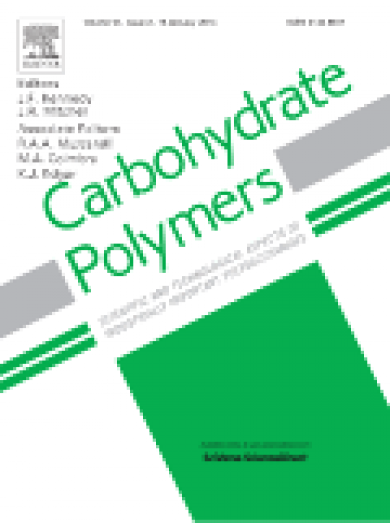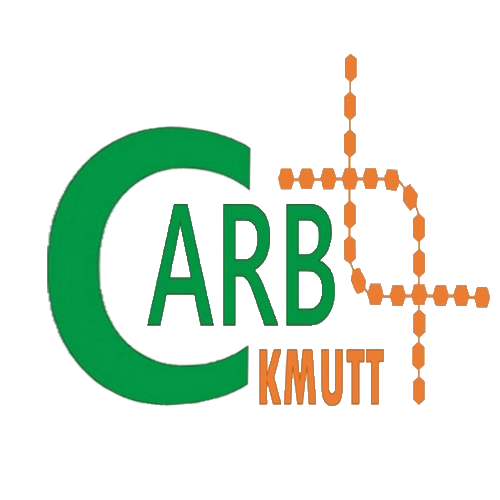Abstract
Native and moistened canna starches (moisture contents of 15%, 18%, 20%, 22%, and 25%) were heat treated at 100 °C for 16 h. Heat-moisture treatment (HMT) did not alter the shape or size of starch granules. Heat-treated starches showed lower paste viscosity, more stable paste (with no breakdown) and noticeable decrease in setback value compared to untreated native starch. These changes were more obvious when the starch samples contained more moisture. Starch gel morphology investigated by I2 staining revealed that the granules of untreated native canna starch were completely ruptured, whereas those of HMT22% and HMT25% samples remained in granular form. These gel morphologies were correlated and provided the information to explain the pasting behaviors of treated and untreated canna starches. Shifts of gelatinization endotherms towards higher temperatures (1–8 °C) with broadened peaks following the moisture contents in starch samples were found after HMT. Amylose leaching of treated samples tended to be lower when the moisture content of the samples increased. HMT did not alter crystalline type of canna starch (B-type), but with increase of the moisture, slight reduction of a peak at 5.7° and a fusion of doublet at 22° and 24° were observed.
Keywords
Edible canna starch; Heat-moisture treatment; Physicochemical properties; Pasting properties; Modified starch





